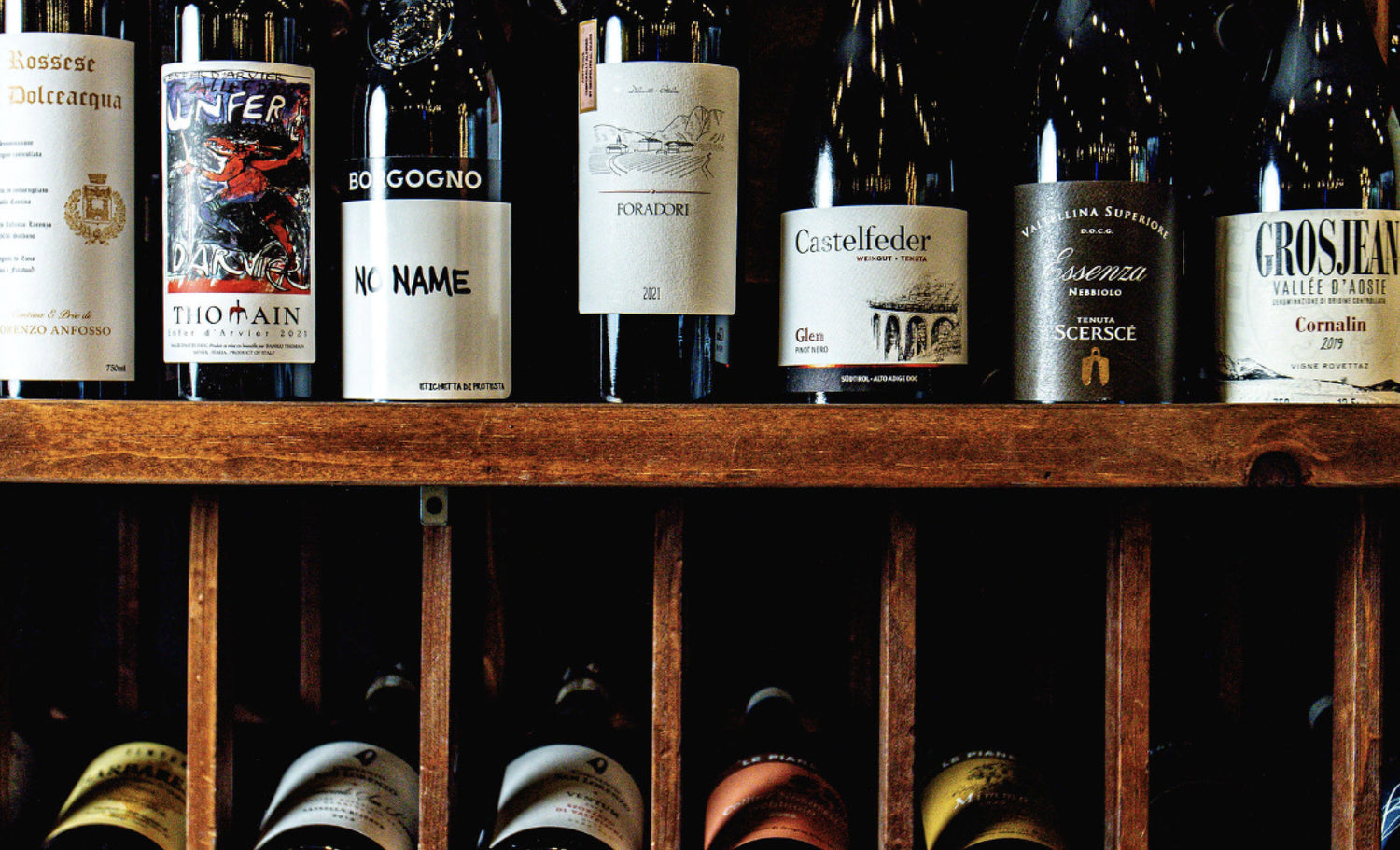From our Importer: Montebello is a modern study on classic Chianti. High proportions of Sangiovese are standard today, but traditionally Chianti was made from field blends that included up to 100 different varieties. An homage to that older tradition and rather than focusing on Sangiovese (or international varieties), the winery uses an assemblage of nine of Chianti's most important indigenous red varieties in equal parts for Montebello. Each variety is fermented and aged individually and then blended after a year of barrel aging. Montebello is a unique and complex antithesis to the contemporary single-variety obsession.
There are few other wineries anywhere that have such an aura of vinicultural history as that of Badia a Coltibuono. In Europe, it is not too difficult to find wineries that have origins dating back one, two, three, even five centuries, but the edifice at Badia a Coltibuono has been watching over winemaking for almost a thousand years—and the building was constructed long after wine was first made on the property. Grapeseeds and amphorae from the first century A.D. Roman period—evidence of wine production—have been found at an archaeological dig on the property, and even earlier ruins from the wine-savvy Etruscan culture are present as well.
That is not to say that Badia a Coltibuono was designed specifically as a winery all those years ago. It was established as an abbey (badia) in 1051 by St. Giovanni Gualberto, the founder of the Vallumbrosan Order of Benedictine monks. Of course, wine production was an important element of monastical life, and the Vallumbrosans may have been the first to cultivate Sangiovese in Tuscany. The abbey’s name, Coltibuono, can be translated as “Good Cultivation” or “Good Harvest,” perhaps indicating the importance of viticulture there.
The abbey remained in operation and expanded in size for several centuries, presumably making wine year after year, until the secularization of Church property by Napoleon. It was dissolved in 1810 and then went through two owners before it was purchased in 1846 by Guido Giuntini, a Florentine banker and progenitor of the Stucchi Prinetti family, its current owners. The transition from farm estate to internationally renowned wine producer began after World War II under the leadership of Piero Stucchi Prinetti, who began to sell wine on both the domestic and export markets. Production facilities were increased and modernized, and his wife Lorenza de’ Medici opened the first cooking school in a winery.
Today, the Badia a Coltibuono estate in the Chianti Classico commune of Gaiole in Chianti is led by the fifth generation of family members: Emanuela, Paolo, and Roberto Stucchi Prinetti. There are 150 acres of vineyards on the property, along with another 50 acres of olive trees. This being Chianti Classico, Sangiovese is naturally the most important grape variety planted. However, the family honors Chianti’s heritage by also keeping significant numbers of vines of other
traditional varieties that are allowed but often omitted in Chianti Classico: Canaiolo Nero, Ciliegiolo, Colorino, Foglia Tonda, Malvasia Nera, Mammolo, Pugnitello, and Sanforte (as well as Trebbiano and Malvasia for Vin Santo). From these building blocks, Badia a Coltibuono makes a robust range of wines from the traditional to the innovative.
The winery produces a series of variations on the theme of Chianti Classico, showing the multidimensional spectrum of possibilities from simple to complex, traditional to modern, and Sangiovese focused to blend focused. At the simple end are two wines in the Coltibuono line, sourced from non-estate vineyards—a Chianti and a Chianti Classico. The main Badia a Coltibuono line has a standard Chianti Classico and a riserva, along with three variants on the recipe ranging from pure Sangiovese to a nine-variety blend with too little Sangiovese to qualify as a Chianti Classico. There are also two versions of Vin Santo, the traditional dessert wine of the area.
With a thousand years of winemaking history at their backs, the Stucchi Prinettis feel the responsibility of land stewardship acutely. Badia a Coltibuono was an early adopter of sustainable practices in modern-day Chianti Classico and has been at the front of a movement to get the whole region to farm organically. All of the estate grapes are now organically grown. Vinification takes place in the winery’s architecturally and technologically state-of-the-art winemaking facility located amidst the vineyards not far from the abbey. The structure was designed to have minimal environmental impact. Badia a Coltibuono’s winemaking philosophy includes vinifications using wild autochthonous yeasts in smaller vessels, in both wood and stainless steel, with maturation mostly in large casks or used oak barrels rather than in new oak.
Hearkening back to its usage as a place of peace and refuge, the abbey complex is once again a destination for much more than a simple wine tasting. Accommodations in the abbey, peaceful gardens, the cooking school, and a restaurant are available to visitors in search of rest, quiet, and good food and wine.

 Grains & Pasta & Rice
Grains & Pasta & Rice
 Charcuterie & Cured Foods
Charcuterie & Cured Foods
 Grilled Foods
Grilled Foods


